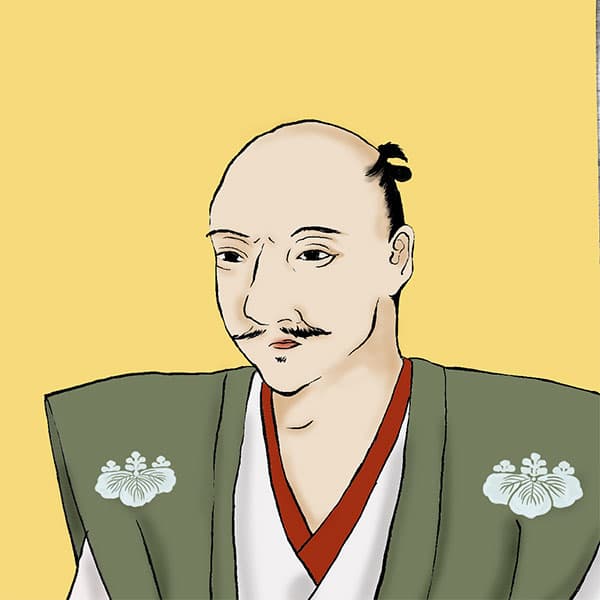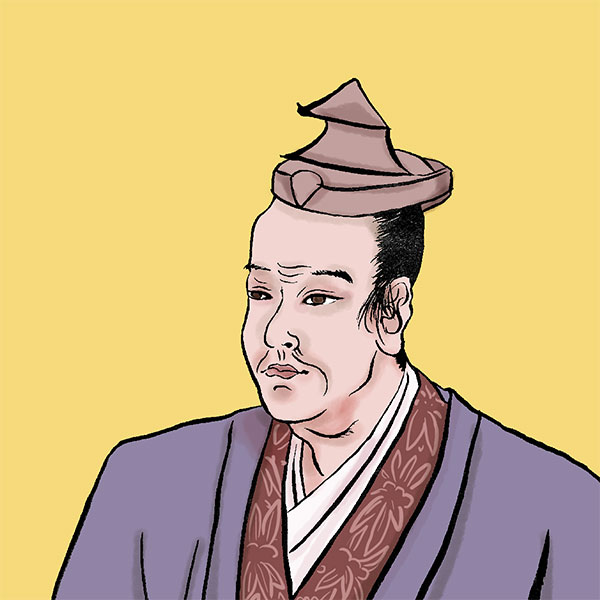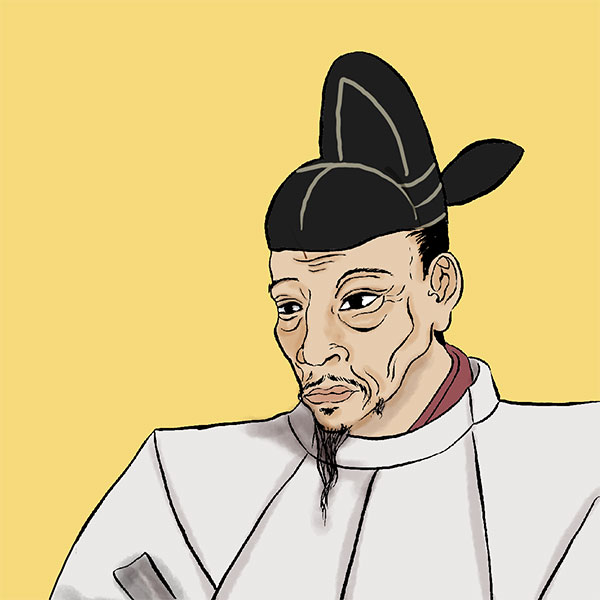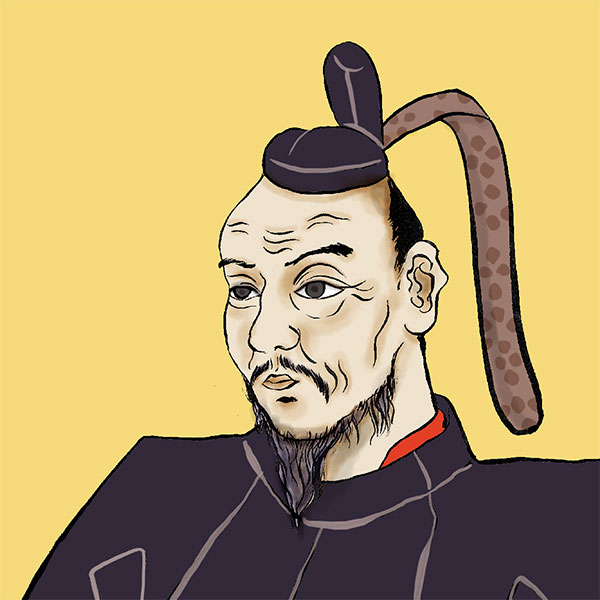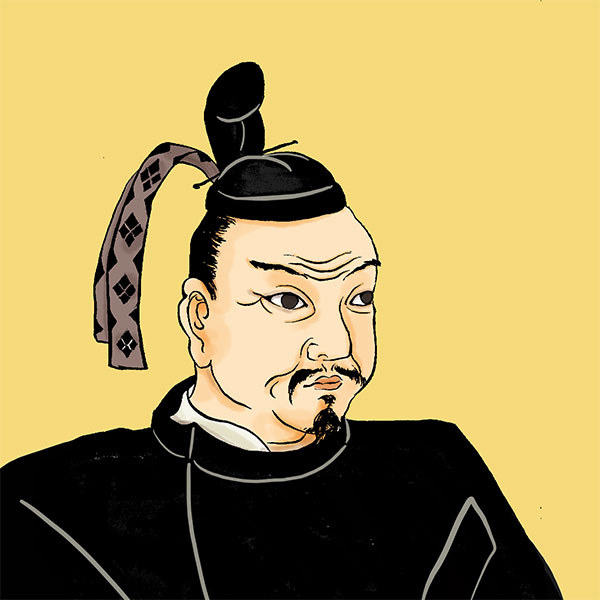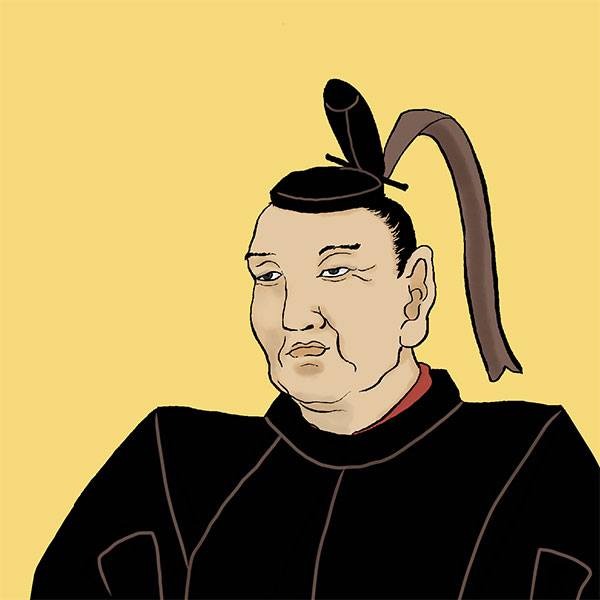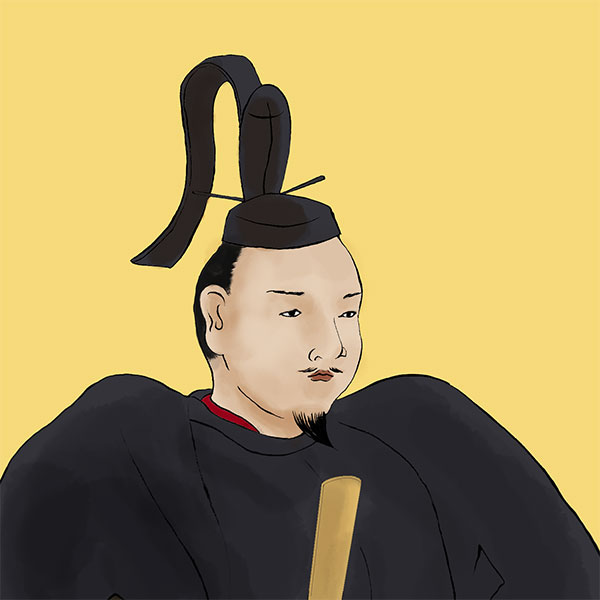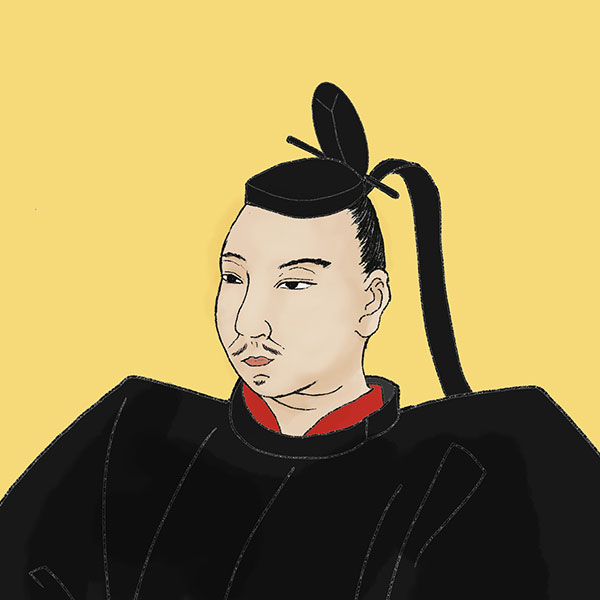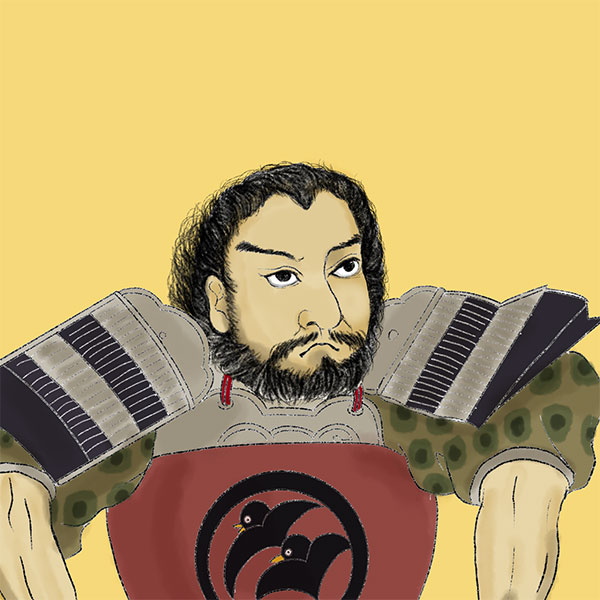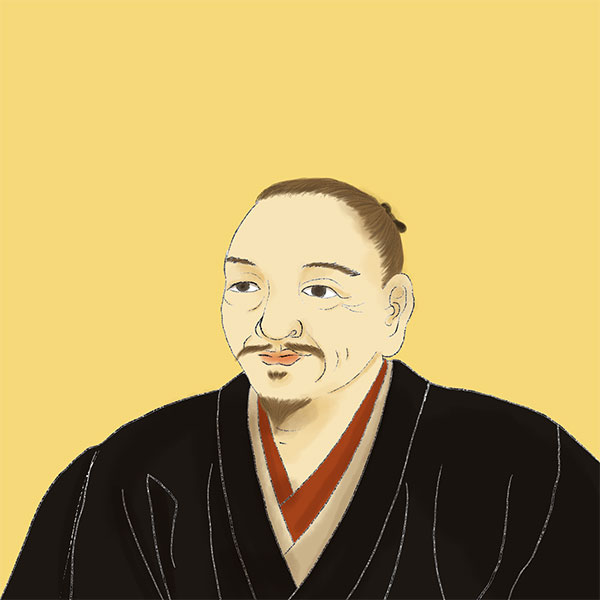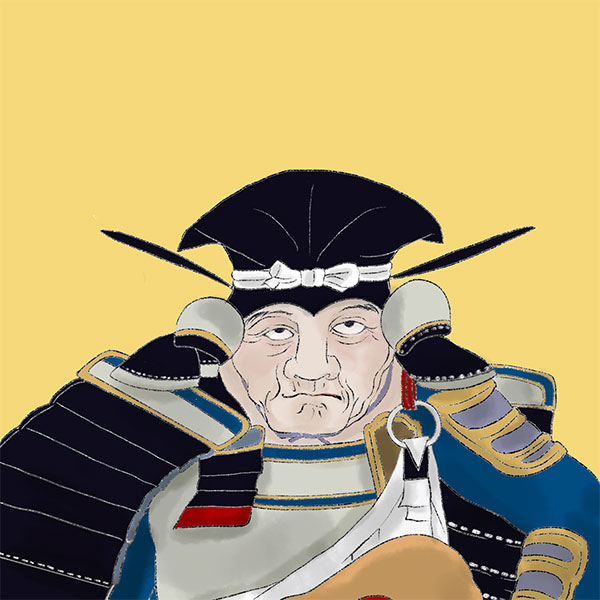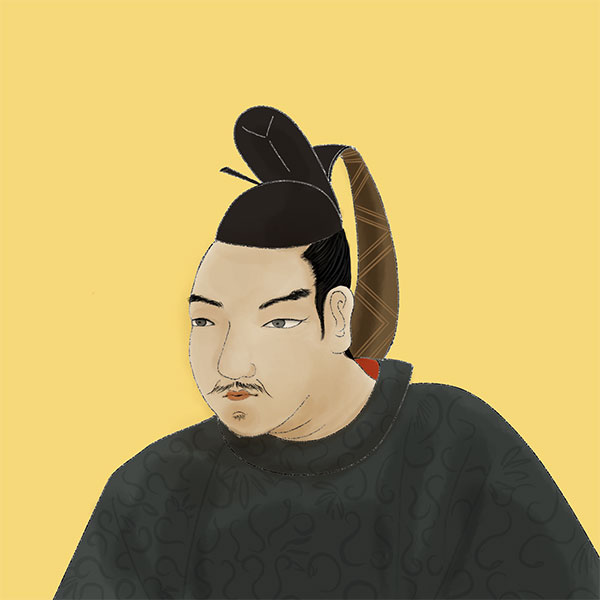Honnoji Incident (1/2)Mitsuhide Akechi rebelled? Oda Nobunaga's death shrouded in mystery
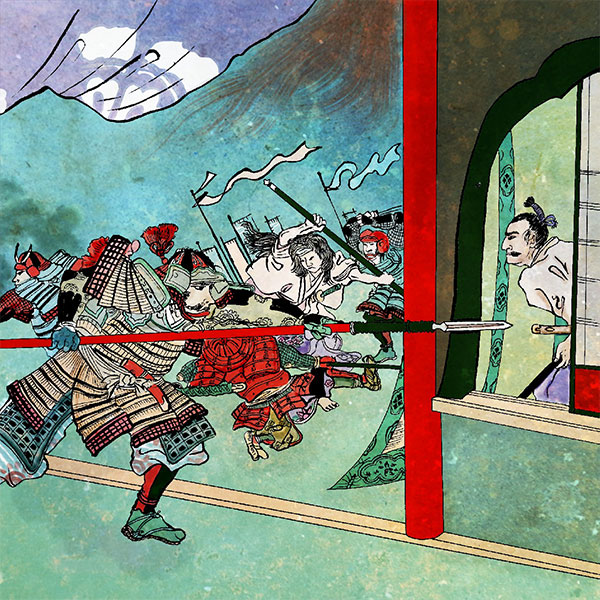
Honnoji Incident
- Article category
- case file
- Incident name
- Honnoji Incident (1582)
- place
- Kyoto
- Related castles, temples and shrines

Nijo Castle

Shoryuji Castle
- people involved
One of the greatest mysteries in the history of the Sengoku period is the Honnoji Incident, which occurred on June 2, 1582. Why did perhaps the most surprising coup d'état of the Sengoku period occur, in which Oda Nobunaga was defeated by Akechi Mitsuhide at Honnoji Temple in Kyoto (present-day Nakagyo Ward, Kyoto City, Kyoto Prefecture)? Was there a mastermind behind Mitsuhide? Many historians are still conducting research, and it is still being actively debated, with new theories emerging as new historical materials are discovered. This time, we will be explaining the Honnoji Incident, which became a hot topic in the 2020 taiga drama "Kirin ga Kuru."
What was happening in Tensho 10?
Before touching on the Honnoji Incident, let's briefly review the situation of Oda Nobunaga and Akechi Mitsuhide before the Honnoji Incident occurred in 1582. Here, I would like to follow the flow of the story, focusing on Gyuichi Ota's Nobunaga Koki, which can be considered a biography of Nobunaga.
From February to March of this year, Nobunaga carried out the Koshu conquest to attack Takeda Katsuyori. The Takeda clan was destroyed in the Battle of Tenmokuyama in March. In this way, Nobunaga had most of the eastern provinces in his hands, but his next targets were China, which was occupied by the Mori clan, which was being conquered by Hideyoshi Hashiba, and Shikoku, which was ruled by Motochika Chosokabe. Nobunaga continued to entrust Hideyoshi with the invasion of China, while making preparations for the conquest of Shikoku. In addition, Nobunaga initially had a friendly relationship with the Chosokabe clan of Shikoku, and Mitsuhide was in charge of acting as a bridge between them. For this reason, Nobunaga's change in policy was difficult for Mitsuhide to accept (more on this later).
On May 17, Nobunaga received a letter requesting support from Hideyoshi, who was in the midst of conquering Bitchu Takamatsu Castle (Okayama City, Okayama Prefecture), and the movement towards the Honnoji Incident began. Nobunaga decided to send Mitsuhide to support Hideyoshi. This is because Mitsuhide, who had bases in the Kinki region such as Omi, Tanba, and Yamashiro, was the easiest to send reinforcements to as other major and powerful vassals were on expeditions. By the way, Mitsuhide was initially ordered to serve as a receptionist for Tokugawa Ieyasu who was visiting Azuchi Castle, but he was dismissed at this time. According to Nobunaga's order, Mitsuhide hurriedly returned to his base at Sakamoto Castle in Omi Province (Otsu City, Shiga Prefecture) and was busy preparing for his departure to Bitchu Takamatsu Castle.
Furthermore, Nobunaga decided to go to war himself. According to ``Nobunaga Koki,'' after defeating the Mori clan in China, the plan was to immediately attack and pacify Kyushu. After Nobunaga entertained Ieyasu with dance and Noh performances, he encouraged him to tour Kyoto, Osaka, Nara, and Sakai. He himself went to Kyoto on May 29th with a small army of troops to support Hideyoshi, and entered Honnoji Temple in Shijo Nishinotoin. Then, on June 1st, 40 people, including court nobles and monks, came to visit Nobunaga, so he entertained them and held a tea party.
Did Mitsuhide claim responsibility for the Honnoji Incident before?
On the other hand, Mitsuhide Akechi left Sakamoto Castle on May 26th and moved to Tamba-Kameyama Castle (Kameoka City, Kyoto Prefecture), and on the 27th, he visited Atago Gongen on Mt. Atago to pray for the success of the Mori subjugation. On the 28th, he hosted a renga gathering at Itoku-in Temple in Mt. Atago, and then returned to Tamba-Kameyama Castle.
The series of poems recited at this renga meeting was the ``Atago Hyakuin'', and Mitsuhide wrote the famous haiku, ``The time is now, the sweets are under the weather, Satsuki Ya.'' The literal meaning is ``Now is the month of May when it rains,'' but Toki refers to Mitsuhide himself, a member of the Toki clan, and ``Ame ga Shimojiru'' is a paraphrase of ``Heaven is Shimojiru.'' There is a theory that the declaration states, ``It's time to rule the world.''
However, the original version of the ``Atago Hyakuin'' does not survive, and Mitsuhide's poems vary depending on the sources, such as ``The sky is down'' and ``The rain is down''. In the first place, there is a theory that Mitsuhide has no relation to the Toki clan, and if that is the case, then this hypothesis does not hold true. Moreover, it would be terrible if Nobunaga had such a bold meaning in the renga that Nobunaga could see, and it was discovered before anything happened. This phrase alone has been the subject of various debates, but personally I cannot help but feel that it is an afterthought by future generations.
Now, on June 1st, Mitsuhide departs from Tanba Kameyama Castle with 13,000 soldiers. He then prepared his army at Shibano, near Kameyama, and held a military council nearby. Those who participated in the military council were senior vassals such as Hidemitsu Akechi, Mitsutada Akechi, Toshizo Saito, and the administration of Fujita. There, Mitsuhide formally announced his intention to kill Nobunaga. According to the Todaiki, which was written in the early Edo period, he prevented betrayal by forcing five people, including Shigetomo Mizoo, to write a petition vowing to God that they would keep their promises, and by taking hostages from each of them. It means.
The army then heads to Rakuchu. After crossing Oinosaka and continuing with some breaks along the way, we finally arrived at the Katsuragawa River in the early hours of June 2nd. The attack on Honnoji Temple finally began, and at this time Mitsuhide is said to have shouted, ``The enemy is at Honnoji Temple!'' It's a creation of later generations, but it's cool.
On June 2nd, the Honnoji Incident broke out.
Mitsuhide Akechi completely surrounded Honnoji Temple at dawn on June 2nd and stormed into Honnoji Temple from all sides. The soldiers fired their bows and fired guns while shouting battle cries. The attack on Honnoji Temple has finally begun. On the other hand, Oda Nobunaga's side initially thought that the noise was due to a brawl among the lower ranks, but when they heard the sound of guns, they decided it was a rebellion. Nobunaga asked Ranmaru Mori, a page boy, ``Who is the rebel?'' Ranmaru goes outside and checks the flags and accessories held by the soldiers, and tells Nobunaga, ``It looks like Akechi's army.'' In response, Nobunaga murmured, ``It's not worth it.''
Nobunaga initially fought Akechi's army with a bow, but his bowstring broke and he continued the fight with a spear. However, at that time, there were only less than 100 people at Honnoji Temple, and they were outnumbered. The main pages, including Ranmaru Mori, were killed one after another.
In the end, Nobunaga succumbed to the overwhelming military force. The injured Nobunaga evacuated the women serving alongside him, entered the palace, set himself on fire, and committed suicide. He passed away at the age of 49. And so Nobunaga left this world. Furthermore, Nobunaga's body has not been found. Apparently there were too many burnt bodies to identify them.
By the way, the author of "Nobunaga Koki", Gyuichi Ota, wrote the book after hearing about Nobunaga's condition from a woman who ran away at this time, and was not actually at the scene. Nobunaga's comments such as "I'm not sure" are said to be fiction.
Afterwards, Mitsuhide attacked Nobunaga's heir, Nobutada Oda, who was also in Kyoto. Nobutada was staying at Myokaku-ji Temple (Nakagyo Ward, Kyoto City, Kyoto Prefecture) near Honno-ji Temple, but although he tried to go to Honno-ji Temple for relief, he was unable to make it in time, and ended up holed up at Nijo Imperial Palace with 500 people. However, he was defeated by the attack of Akechi's army and committed suicide by setting the palace on fire. He passed away at the age of 26. Again, no body was found.
The above is the general flow of the Honnoji Incident, but there are various different theories depending on historical sources. In the first volume of "Otoya no Shomono" from the early Edo period, which became a hot topic at the beginning of 2021, it is said that 2,000 soldiers led by Toshizo Saito and others attacked Honnoji Temple, and that Mitsuhide was waiting at the main camp in Toba. Masu. Does this mean that they were planning to divide their troops and wipe out the Oda family all at once? Since this is a hearsay record by Toshimune, the third son of Toshizo Saito, who led the Honnoji Incident, it is said to be highly reliable, and we can expect further controversy based on the interpretation of historical materials in the future.
Why did the Honnoji Incident occur?
Why did the Honnoji Incident occur? There are various theories as to the cause, with historians proposing various theories, ranging from the theory that Mitsuhide Akechi was the main culprit, to the theory that there was a mastermind, to the theory that Mitsuhide Akechi was simply framed. Here, we will broadly divide the incident into two categories: the ``Mitsuhide solo culprit theory'' and the ``mastermind theory.''
Mitsuhide alone crime theory
The theory is that Akechi Mitsuhide caused the Honnoji Incident on his own will.
- people involved

- WriterNaoko Kurimoto(Writer)I am a former travel industry magazine reporter. I have loved history, both Japanese and world history, since I was a child. I usually enjoy visiting temples and shrines, especially shrines, and often do ``pilgrimages to sacred places'' themed around historical figures. My favorite military commander is Ishida Mitsunari, my favorite castle is Kumamoto Castle, and my favorite castle ruins is Hagi Castle. My heart flutters when I see the ruins of battle castles and the stone walls of castle ruins.



